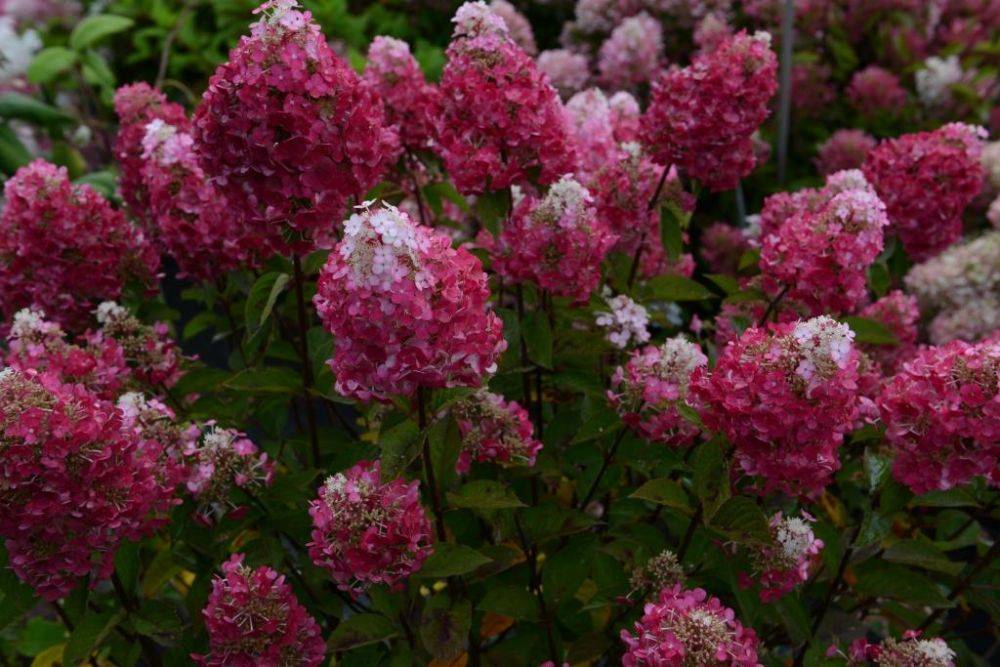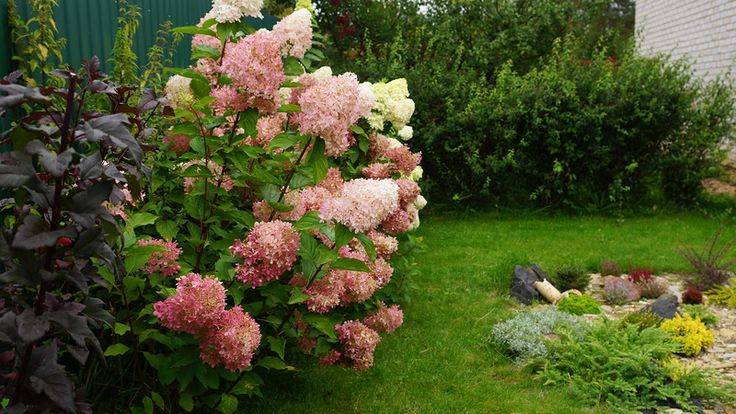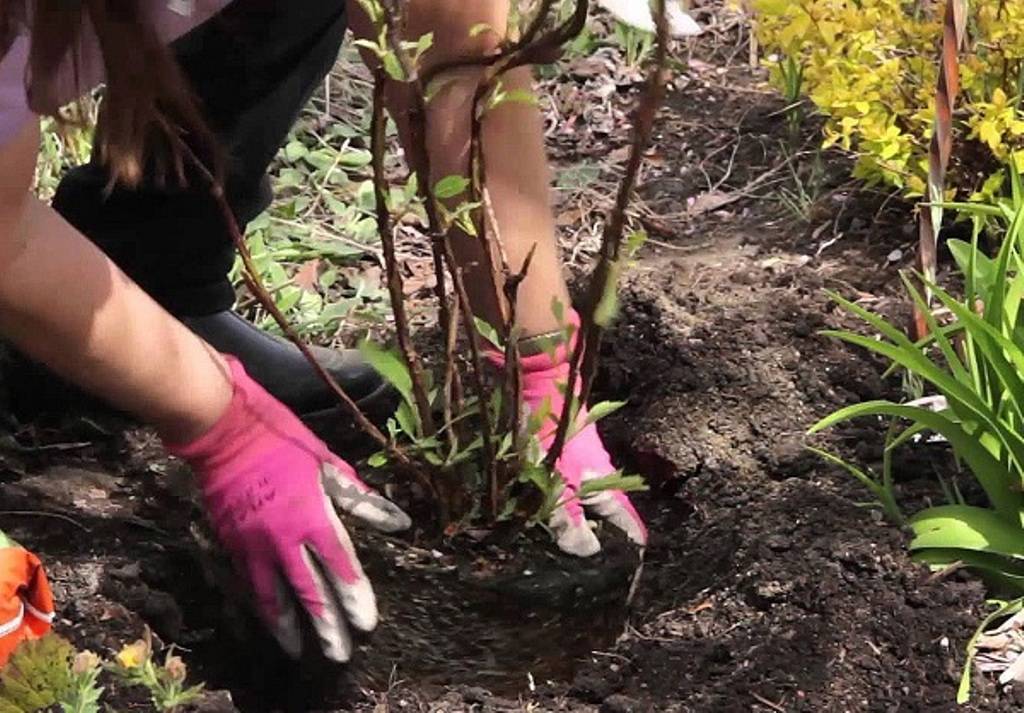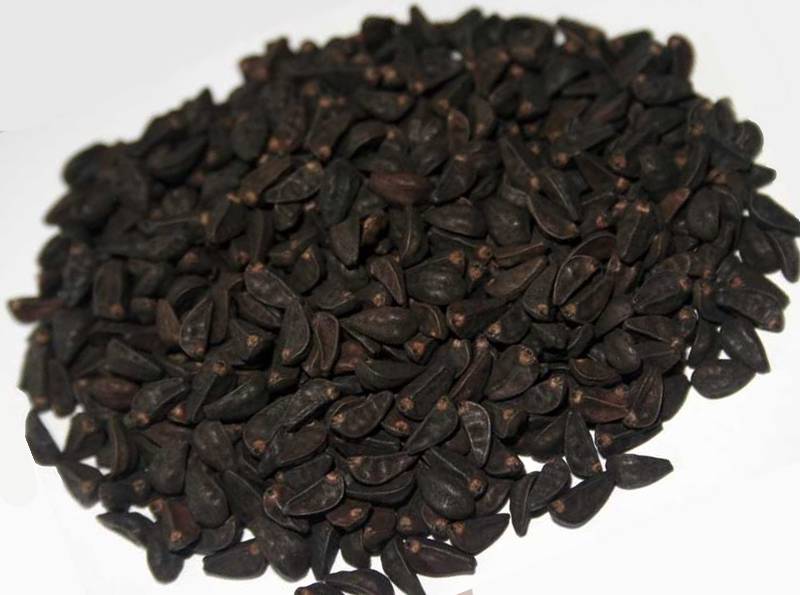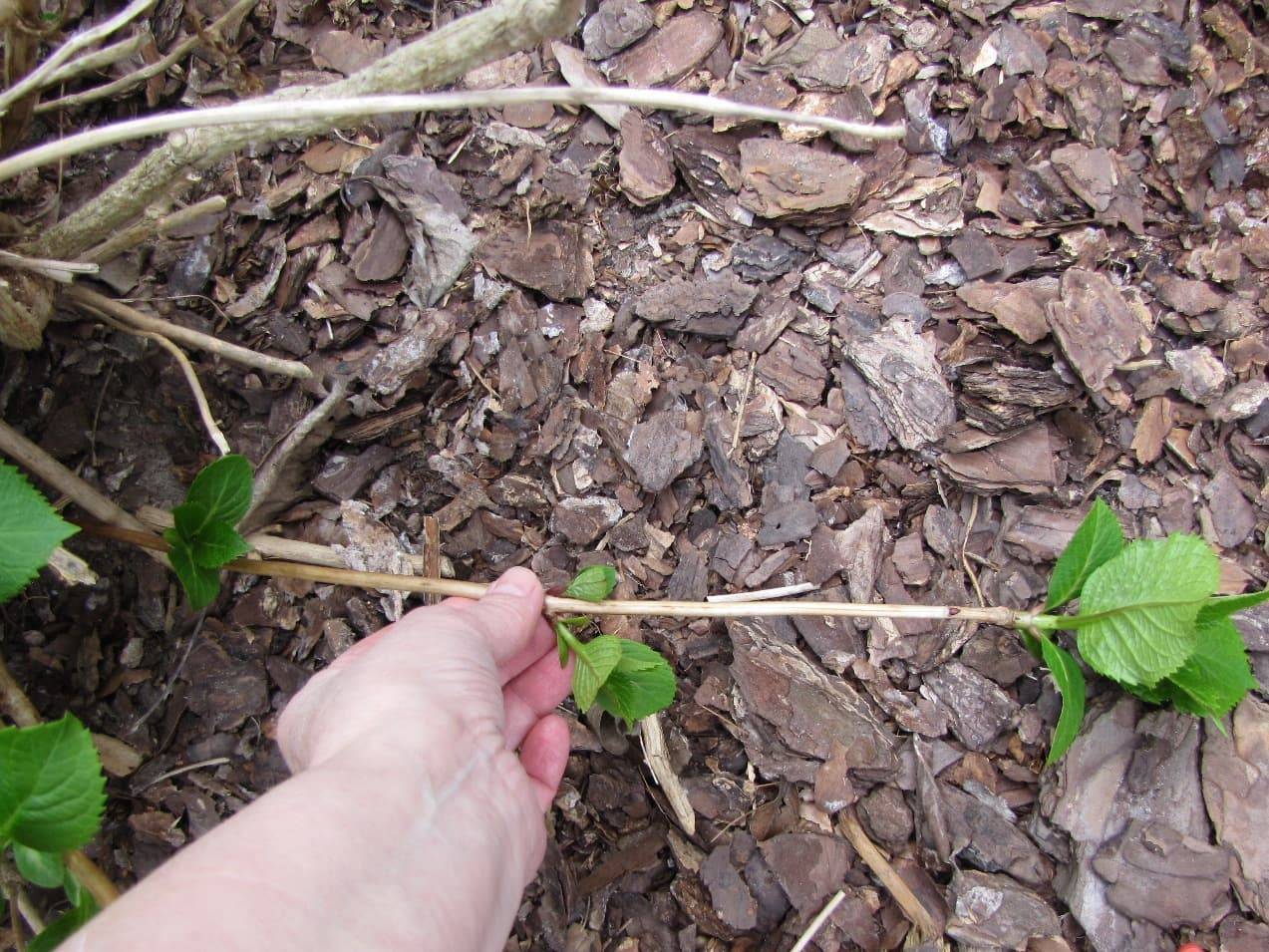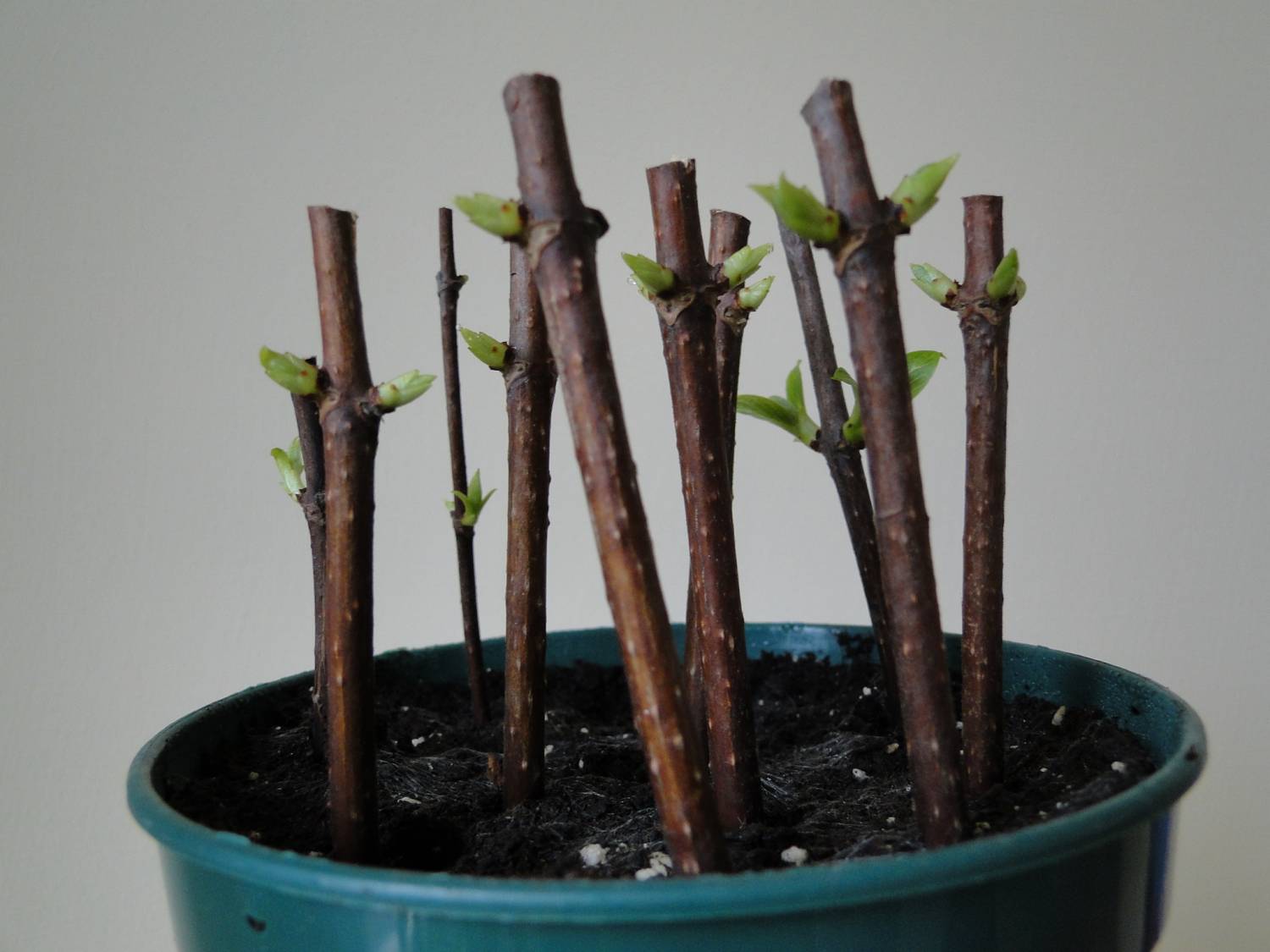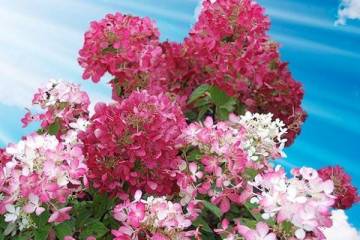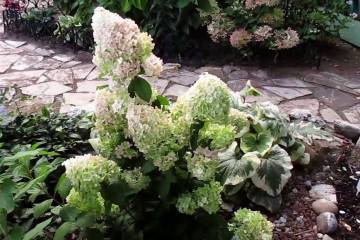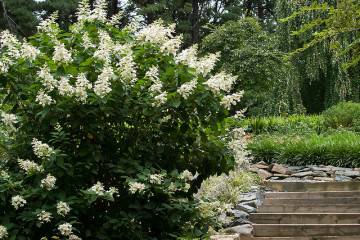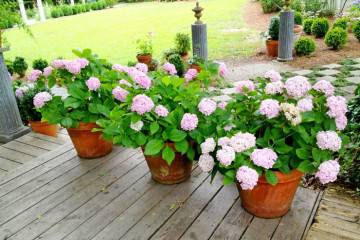Hydrangea Samarskaya Lydia (Hydrangea Paniculata Samarskya Lydia)
Content:
This hydrangea variety was named in honor of the assistant and sister of the General Director of the Garden Center Group of Companies Vera Glukhova in Samara, who was sincerely in love with this flowering plant. The crop is characterized by compact size, abundant and long flowering and adaptation to growing in containers. At the beginning of flowering, the inflorescences acquire a rich, bright red color.
Description of hydrangea Samarskaya Lydia (Hydrangea Paniculata Samarskya Lydi)
The hydrangea variety Samarskaya Lydia paniculata first appeared on the international market in 2019. The main characteristics of the plant:
- Excellent indicators of winter hardiness, thanks to which the plant can be safely grown in the middle lane.
- The bush is characterized by its compact size. The plant is slow-growing, up to 1.3 meters high.
- The flowering bush exudes a pleasant aroma and looks extremely elegant, and all thanks to the variety of colors of numerous inflorescences that bloom and wither at different times.
- Abundant and continuous flowering from July to late autumn.
- A dense inflorescence is formed due to large flowers closely spaced to each other, which initially have a white color, then pink and red with pronounced ruby tones.
- The rough dark green leaves that cover the shoots serve as an excellent background for bright inflorescences.
Planting hydrangeas outdoors
The plant loves to grow in sunny areas. But the problem is that under intense sunlight, the hydrangea blooms profusely and for a long time, depleting the rhizome and foliage. To prolong flowering, it is recommended to plant the bush in shaded areas at noon. Areas where the sun is actively illuminating the plant until about 14:00 are also suitable.
The most suitable time for planting a plant in open soil is May or September. The day of planting should be warm, it is important that the soil layers are thoroughly warmed up. Favorable conditions for the growth and development of culture - acidic soil with a high level of moisture and air permeability. This can be achieved by adding ammonium sulfate or ferrous sulfate, as well as peat or ordinary citric acid to the composition.
Planting algorithm:
- Dig a hole, the diameter of which is 2 times the volume of the root system.
- Organize a drainage layer at the bottom, approximately 10 cm thick (you can use small stones, crushed stone).
- Pour a mixture of chernozem and peat, taken in equal amounts, on top of the drainage layer.
- A seedling with an earthen clod is carefully removed from the container and transferred to the pit.
- In the end, it remains to fill the entire cavity with soil and tamp it a little.
- Water the planted plant abundantly with clean water, preferably rainwater.
When planting plants in groups, the interval between them must be maintained at least two meters.
Reproduction of hydrangea Samara Lydia
Hydrangea Lydia propagates by cuttings, layering and seeds. As a rule, the first method is used. Cuttings are planted in a prepared soil mixture. The optimum planting depth of the cuttings is 3-4 cm. Some gardeners additionally prefer to create a greenhouse effect by covering the plant with a film.
Further care includes watering and airing. Once the cuttings are rooted, they can be planted in open soil. As a rule, young roots appear after 1-2 months.
As for layering, this method is the easiest to implement. It is enough to choose the strongest shoot, then bend it to the ground and dig it in. You can use brick or stone to fix the shoot. As a rule, after a year this plant becomes independent and can be planted separately.
The method of growing through seeds is the most laborious and does not give any guarantees that the seedlings will be promising. They are sown in the fall in a mixture of sand, leafy soil and peat and at a shallow depth. Otherwise, they will not hatch. Sprouts appear after 1.5-2 months.
Hydrangea care
A plant that has been recently planted needs care and attention. At first, it is recommended to cover the culture with a film that will reflect direct sunlight. So that the stalk is not damaged by gusts of wind, it is better to drive a peg into the ground near it, which will serve as a support for a fragile plant.
It is also important to regularly apply organic and mineral fertilizers to the soil. With the arrival of spring, the plant most of all needs complexes that contain nitrogen.
The recommended frequency of watering is once every 7 days, the amount may vary slightly depending on weather and climatic conditions. Watering should be done strictly at the root so that water does not fall on fragile and still fragile branches. For a young plant, you need 1 bucket, for an adult - 2.
To give the bush an attractive shape, it is pruned. With the arrival of spring, dry and damaged shoots are removed. You can start your first haircut only 2 years after planting.
Hydrangea paniculata Hydrangea Paniculata Samarskya Lydia is a beautiful flowering crop and at the same time completely unpretentious, therefore even a novice gardener can grow it on his backyard.
